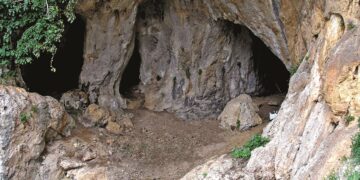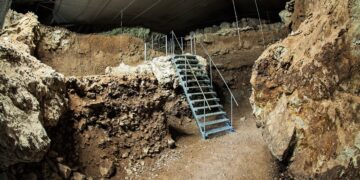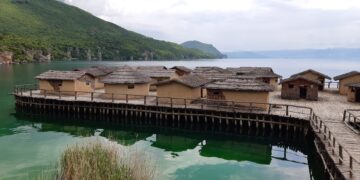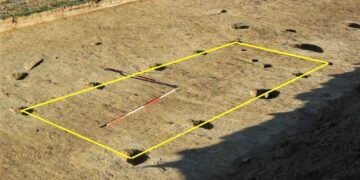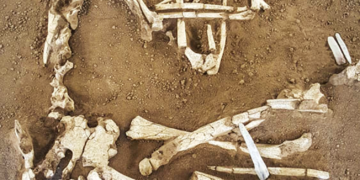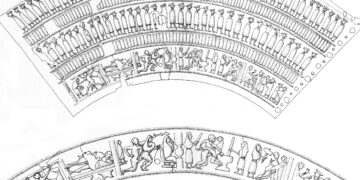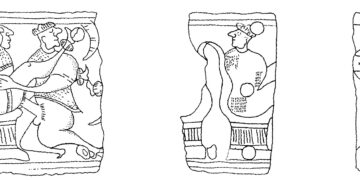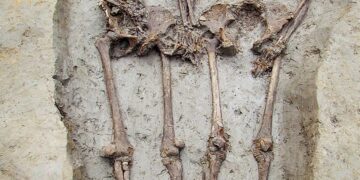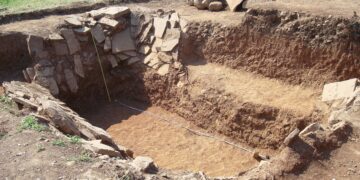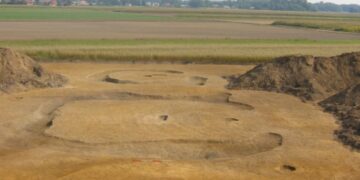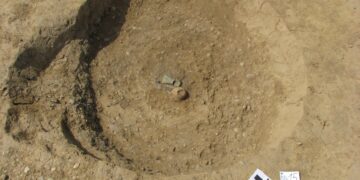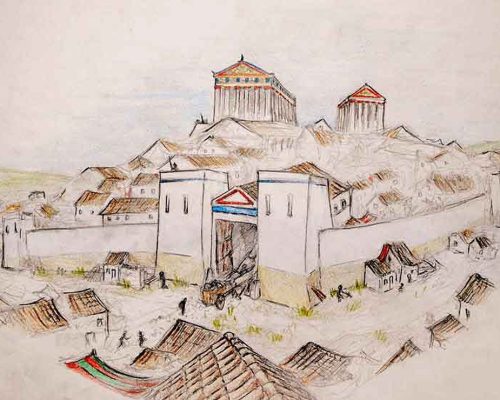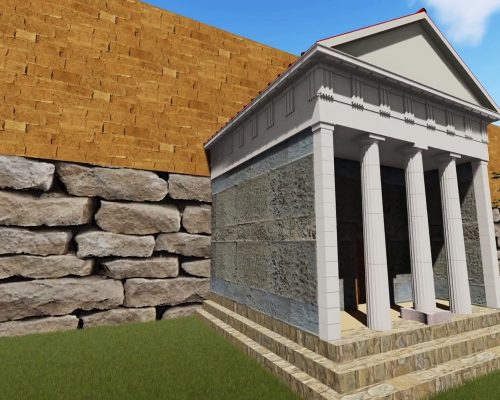No other story in history triggered so much our adventurous imagination than the rumours of a lost city, and no other archaeological find could ever compete with the presentation of such a discovery. It is not so much about the material remains coming to light; the public is fascinated with the historical processes that led to the destruction, abandonment and oblivion of such a city. Perhaps the most noted example from Northern Macedonia, mentioned in numerous ancient historical chronicles, is the ancient city called Vilazora.
Archaeological excavations on the site of Gradishte, located close to the village of Knezje near the town of Sveti Nikole, have discovered remains of a city that archaeologists today claim to be the ancient city of Vilazora. It was at the peak of its power in the fifth and fourth century BC when it became the capital of the ancient Paionians, a tribe which in ancient times inhabited most of the present-day Republic of North Macedonia. On the site, archaeologists have excavated remains of numerous elements of prestigious architecture – a luxury building that consider being a royal palace, a paved street leading to the building, a small temple, parts of the city’s defensive wall, and a water tank built of stone blocks. Besides its splendour is interesting its demise – burned layers and projectile points indicate a violent end of the palace. A tragedy that demonstrates political turmoil, struggle for power and outbreak of hostilities even in the remotest regions of Ancient Macedonia in the years after the death of Alexander the Great. The city appeared several times later, mostly linked to military campaigns in the region, before it disappeared from history to be discovered again by archaeologists.

